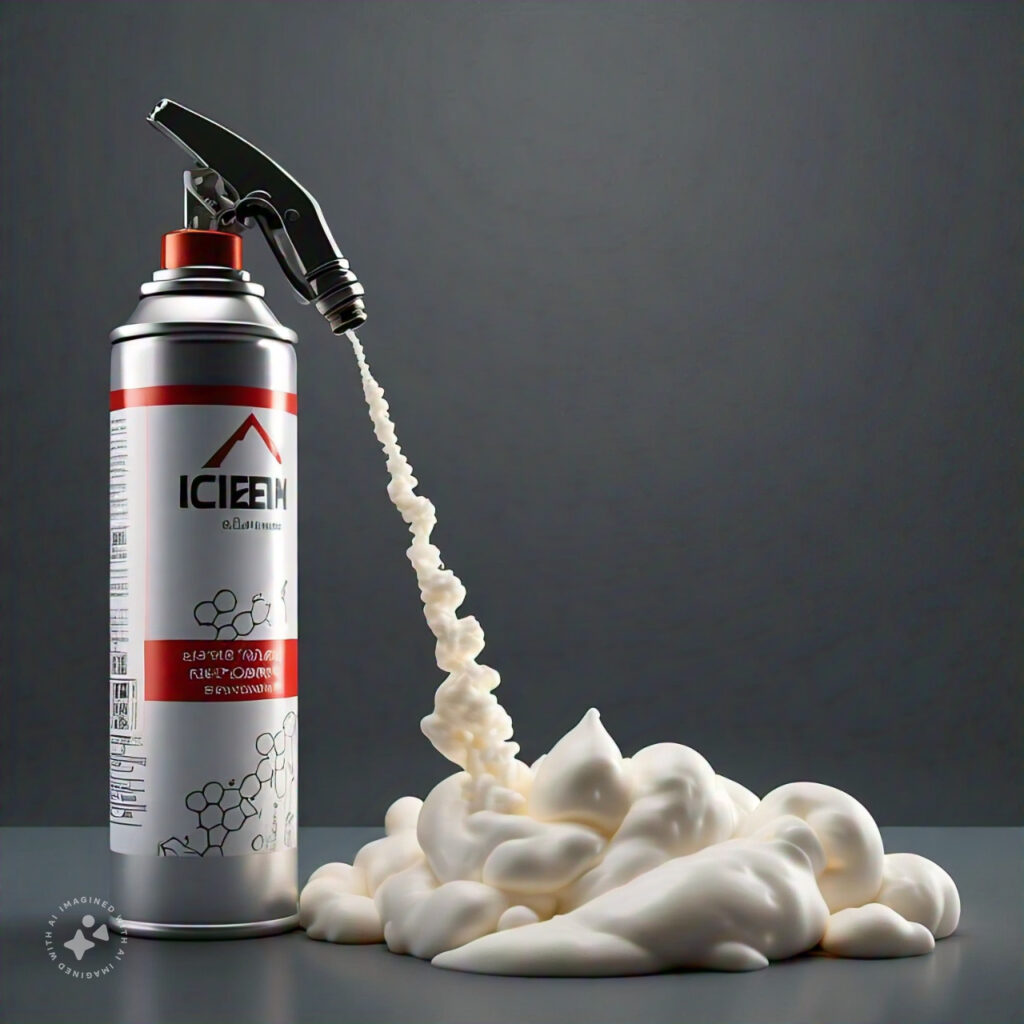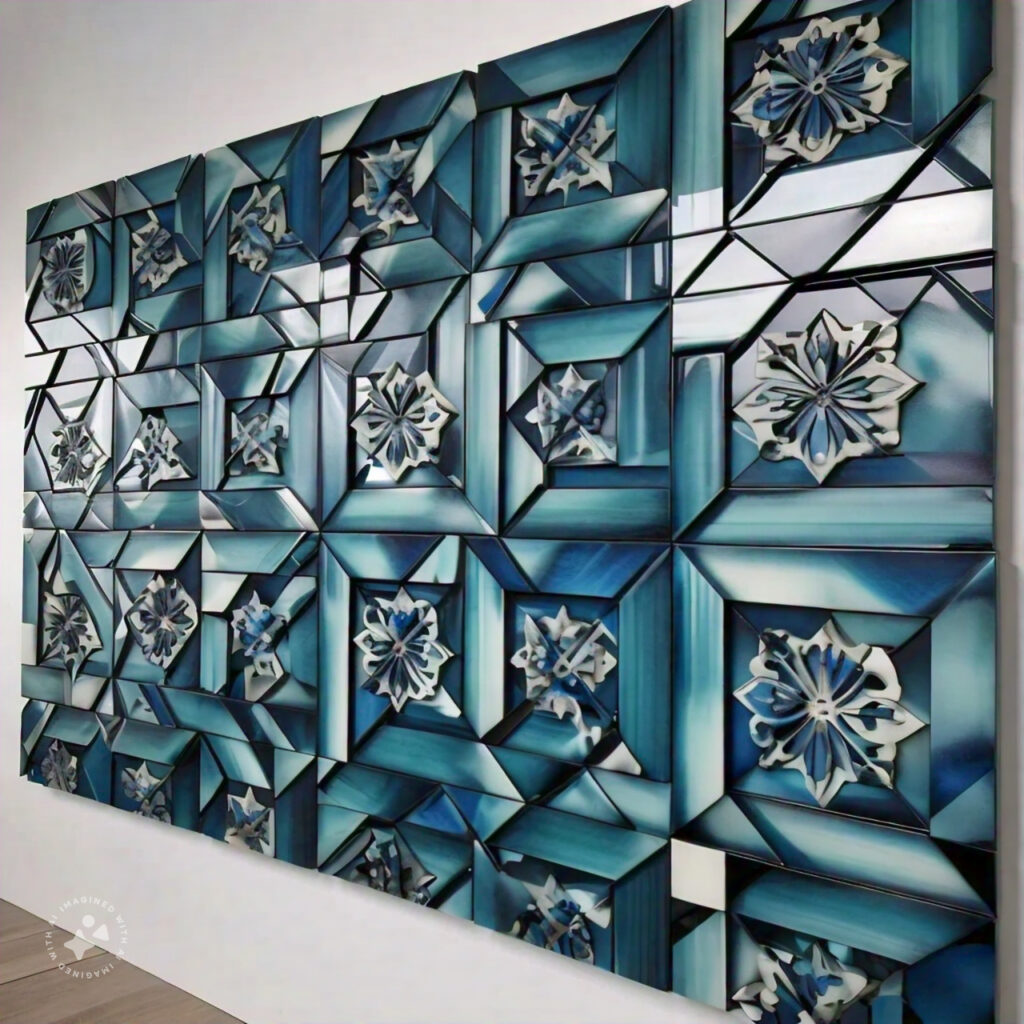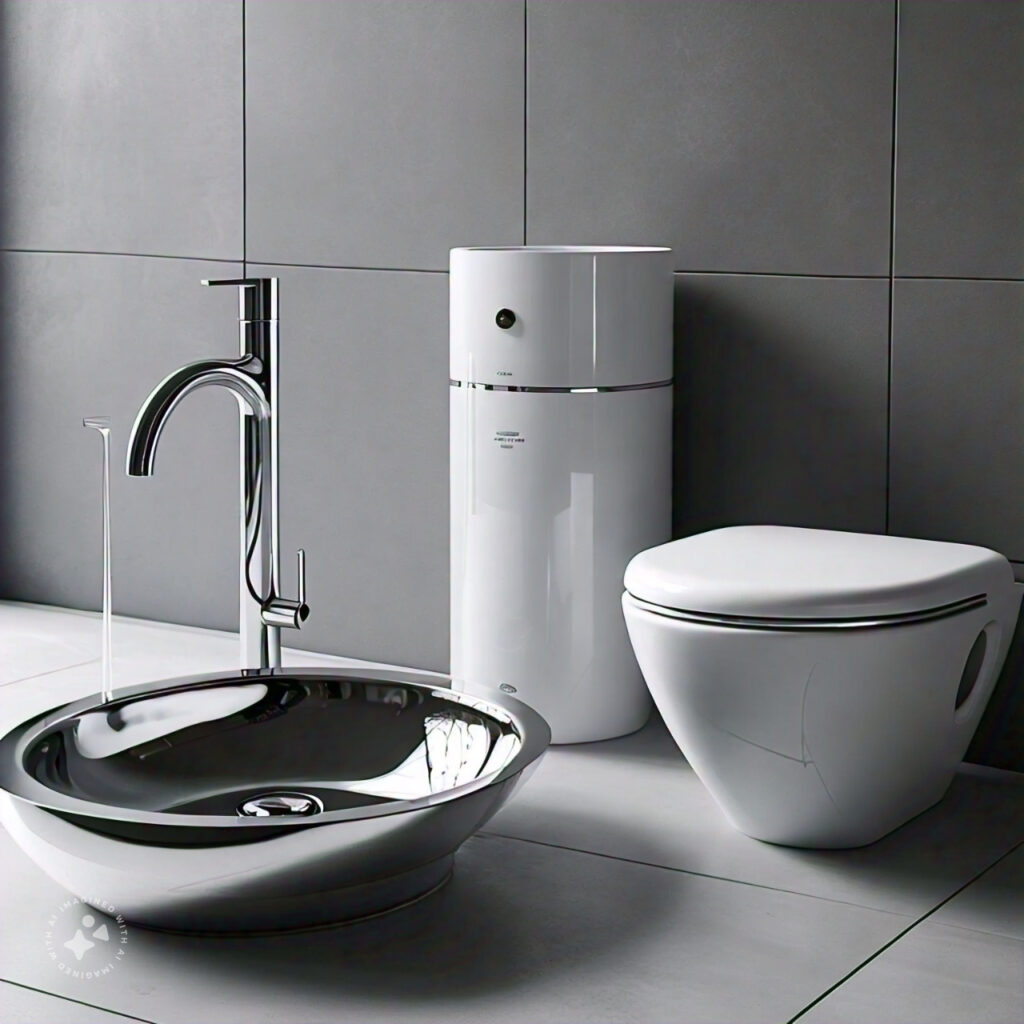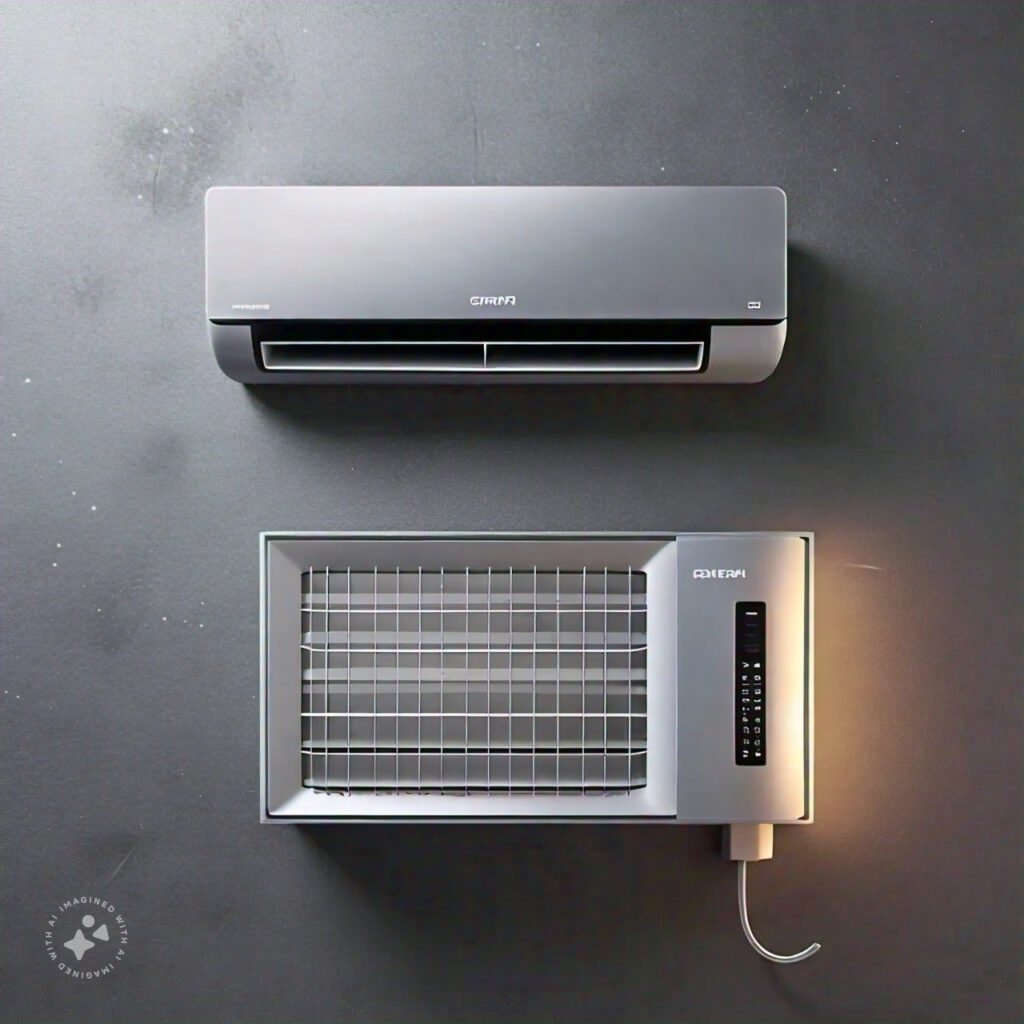
The Ultimate Construction Material List for Your Next Project
Are you thinking of a construction project? Whether it’s building your dream home, revamping that tired old kitchen, or starting a commercial venture, one thing’s for sure: you need a solid plan. And guess what? That plan starts with a well-thought-out construction material list.
I know, it might sound a bit mundane, but trust me, it’s one of the most crucial steps in your construction journey. Think of it as your project’s grocery list—only instead of picking up eggs and milk, you’re gathering things like lumber, nails, and concrete. Exciting, right? Okay, maybe not, but having all the right materials on hand means fewer headaches, fewer delays, and a project that flows smoothly from start to finish.
The last thing you want is to hit a roadblock because you forgot something essential. So, grab a cup of coffee (or your beverage of choice), and let’s walk through this together. By the end, you’ll have a comprehensive, easy-to-follow list that will keep your project on track and your stress levels in check. Ready? Let’s go!
1. Foundation Materials

Let’s start at the very beginning—the foundation. It’s literally what everything else will be built upon, so no pressure! The key here is to ensure you’ve got the right materials to create a strong, durable base.
- Concrete: The cornerstone of any solid foundation. Whether it’s poured concrete or concrete blocks, this is a must-have.
- Rebar: These steel bars are used to reinforce the concrete, making it even sturdier.
- Gravel: Often used as a base layer before the concrete is poured to improve stability and drainage.
A strong foundation ensures the longevity and safety of your entire structure. Skimping here could lead to costly repairs down the line—or worse, structural failure. Think of it as laying the groundwork for success.
2. Framing Materials

Now that your foundation is set, it’s time to build the bones of your structure. This is where framing comes in, creating the skeleton that will hold up your walls, roof, and everything else.
- Lumber: The bread and butter of framing. You’ll need different sizes, like 2x4s for walls and 2x6s for structural beams.
- Nails & Screws: It’s the little things that count, and these will hold your lumber together.
- Sheathing: Typically plywood or OSB (oriented strand board), this is nailed to the exterior of your frame for added strength.
Good framing sets the stage for everything that follows. It determines the shape and strength of your building, so precision and quality materials are key. Imagine your building as a human body—framing is like the skeleton, holding everything in place.
3. Insulation

Nobody likes a drafty house, right? Insulation is what keeps your space warm in the winter, cool in the summer, and your energy bills from skyrocketing.
- Fiberglass Batt Insulation: The most common type, it’s easy to install and effective.
- Spray Foam: Great for hard-to-reach areas and offers a higher R-value (a measure of insulation’s effectiveness).
- Rigid Foam: Often used in basements or other areas where moisture is a concern.
Proper insulation improves energy efficiency, comfort, and can even reduce noise levels. Plus, it’s one of those things that’s tough to fix later, so doing it right the first time is crucial. You’ll thank yourself when those winter heating bills roll in!
4. Roofing Materials

The roof is your building’s first line of defense against the elements. A good roof will keep you dry, warm, and protected from whatever Mother Nature throws your way.
- Shingles: Asphalt shingles are the most popular, but metal, tile, or wood shingles are also options depending on your style and budget.
- Roofing Felt: This underlayment provides an extra layer of protection against water.
- Nails & Fasteners: Designed to withstand wind and weather, these are critical for securing your shingles.
A well-constructed roof prevents leaks, improves energy efficiency, and boosts curb appeal. Skipping on quality here could lead to leaks and costly repairs. Think of your roof as your building’s shield—it needs to be strong and reliable.
5. Exterior Finishing Materials
Now that the structure is up, it’s time to dress it up! The exterior finish not only adds beauty but also protects the structure from the elements.
- Siding: Options include vinyl, wood, fiber cement, and brick. Each has its pros and cons, so choose what best suits your needs.
- Paint or Stain: For wood siding, a good paint or stain will protect against weather and UV rays.
- Caulk & Sealants: These keep moisture out and ensure your exterior is weather-tight.

The right exterior finish enhances the aesthetic of your building and provides crucial protection against the elements. It’s all about finding the balance between beauty and durability. After all, the outside is the first thing people see—make it count!
6. Windows and Doors

Windows and doors are like the eyes and mouth of your building—essential for function and form. They let in light, provide access, and help regulate the indoor climate.
- Windows: Double or triple-pane glass is best for insulation. Make sure to choose styles that suit your design and needs.
- Doors: Exterior doors should be sturdy and well-insulated, while interior doors can be lighter but still durable.
- Hardware: Don’t forget locks, hinges, and handles—they’re small but mighty in terms of functionality.
Quality windows and doors improve security, energy efficiency, and comfort. Plus, they’re a key element of your building’s curb appeal. You wouldn’t want a beautiful building with flimsy windows and doors, right?
7. Interior Finishing Materials

Now, onto the fun part—the interiors! This is where you can really make the space your own, with materials that reflect your style and needs.
- Drywall: The go-to for walls and ceilings. It’s easy to install, paint, and repair.
- Flooring: Whether it’s hardwood, tile, carpet, or laminate, choose flooring that fits the room’s purpose and your aesthetic.
- Trim & Molding: These details can add a polished, finished look to any room.
- Paint: The right color can transform a space. Choose quality paint that’s easy to clean and durable.
Interior finishes define the character and comfort of your space. They’re where form meets function, so choose materials that are both beautiful and practical. This is where your personality shines through—make it a reflection of you.
8. Plumbing Materials

Water is life, and your plumbing system is what delivers it. Whether it’s for the kitchen, bathroom, or laundry, having the right plumbing materials is essential for a functional home.
- Pipes & Fittings: PVC, copper, or PEX are common choices, each with its own advantages.
- Fixtures: Sinks, toilets, showers—don’t forget the hardware like faucets and showerheads.
- Water Heater: An essential component for hot water, available in tank or tankless options.
Proper plumbing ensures that water is delivered where it’s needed, waste is safely removed, and everything runs smoothly. It’s not glamorous, but it’s absolutely necessary. Picture your home without running water—not a pretty sight!
9. Electrical Materials

Lights, outlets, appliances—all powered by your electrical system. This is one area where cutting corners is not an option.
- Wiring: Choose the right gauge and type for the specific electrical load.
- Outlets & Switches: Placement is key to convenience and functionality.
- Breaker Box: The hub of your electrical system. Make sure it’s properly sized for your home’s needs.
A well-designed electrical system is safe, reliable, and meets all your power needs. It’s something you’ll rely on daily, so it needs to be done right. Imagine life without power—no thanks!
10. HVAC Materials

Heating, ventilation, and air conditioning (HVAC) are crucial for maintaining a comfortable indoor environment year-round.
- Furnace or Heat Pump: Depending on your climate, choose a system that’s energy-efficient and reliable.
- Ductwork: Essential for distributing air throughout the building.
- Thermostat: Go smart if you want to save on energy bills and have greater control.
A well-functioning HVAC system ensures a comfortable living or working space, regardless of the weather outside. It’s a key element of your building’s overall comfort and energy efficiency. You want to be cozy in winter and cool in summer, right?
Frequently Asked Questions
Q: Why is it important to create a detailed construction material list?
A: A detailed construction material list helps you stay organized, budget accurately, and avoid delays caused by missing materials. It’s like having a roadmap for your project, ensuring everything runs smoothly from start to finish.
Q: How do I know which materials are best for my project?
A: It depends on the specific requirements of your project, such as the climate, the type of building, and your budget. Consulting with a contractor or doing thorough research can help you choose the right materials.
Q: Can I substitute materials if I can’t find exactly what’s on my list?
A: Yes, but with caution. Always consult with a professional before making substitutions, as using the wrong materials can compromise the integrity of your project.
Q: How do I ensure I don’t run out of materials mid-project?
A: Order a little extra—around 10% more than you think you’ll need. This accounts for mistakes, waste, and any unexpected changes. It’s better to have a bit too much than not enough.
Q: What’s the best way to store construction materials?
A: Store materials in a dry, covered area to protect them from the elements. Keep them organized by type and label everything clearly to make it easy to find what you need.



